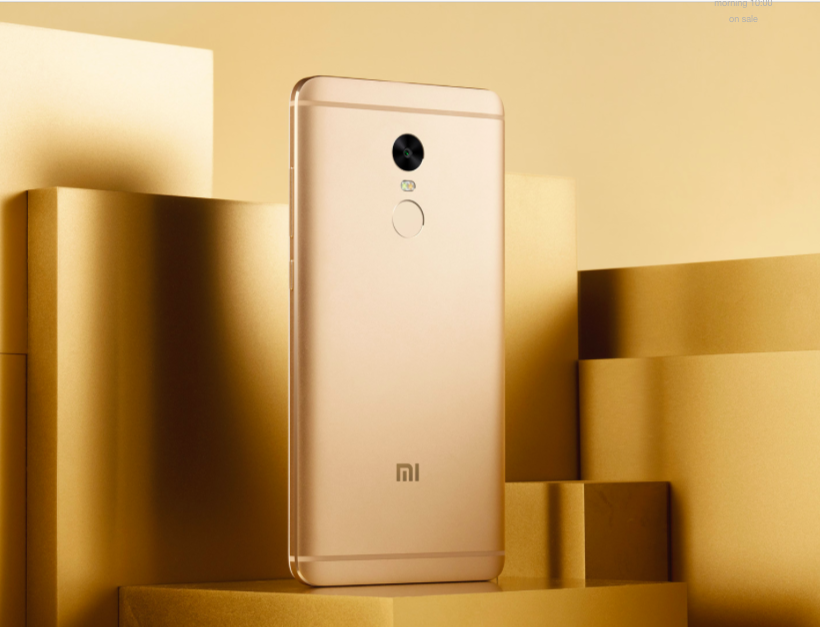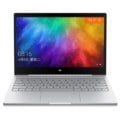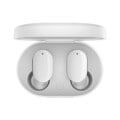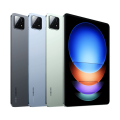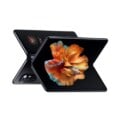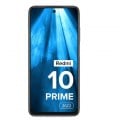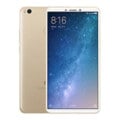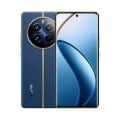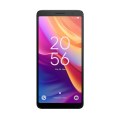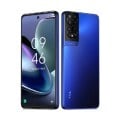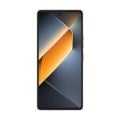Xiaomi Redmi Note 4
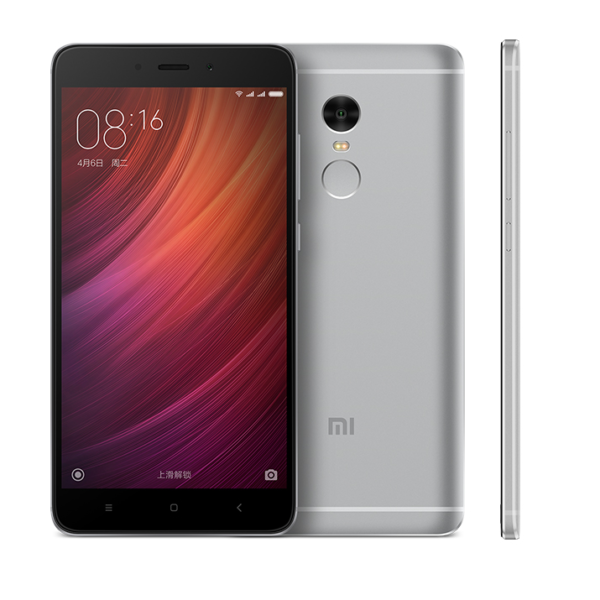

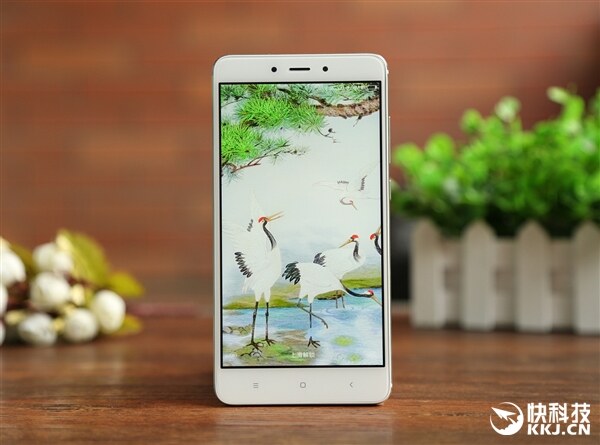
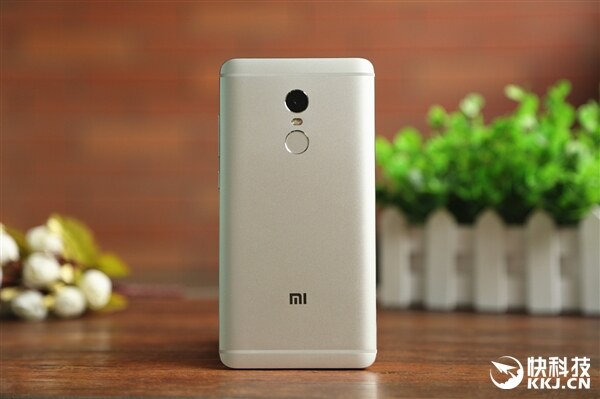
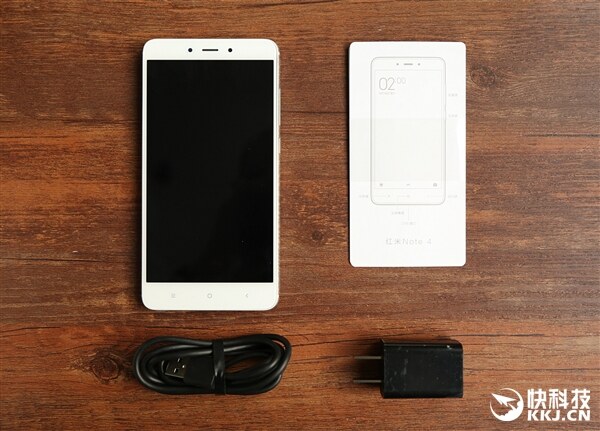
-
Processor: Helio X20
-
RAM: 2GB | 3GB
-
Storage: 16GB | 32GB
-
Display: 5.5 inch
-
Camera: 13 MP (Rear) + 5 MP (Front)
-
Operating System: Android 6.0 (Marshmallow), Current: Android 7.0 (Nougat)
Xiaomi Redmi Note 4 - PRICE
-
 Xiaomi Redmi Note 4
$299
Xiaomi Redmi Note 4
$299
View Offer
Xiaomi Redmi Note 4 Release
Xiaomi announced the Xiaomi Redmi Note 4 smartphone on August 24. On September 09 2017, Xiaomi officially announced a limited ‘Lake Blue’ edition in India as part of the ‘Wake the Lake’ campaign to tackle water pollution in India’s City: Bengaluru (Bengalore), Karnataka. The device’s earnings would be used to fund the clean up of polluted lakes, Xiaomi have also stated the money will also help develop around the lake, providing better environmental-friendly spaces.
This particular device is the latest update in the company’s Redmi Note series and succeeds the highly popular Xiaomi Redmi Note 3 handset. The Redmi Note 4 comes with the same design as the previous generation models, i.e. a premium metal body but upgrades the specs inside to make sure that it is one of the best large screen budget handset in the market right now.
The Xiaomi Redmi Note 4 specs are much better than its predecessor, all thanks to the deca-core Helio X20 chip inside the device. The phone comes with two memory variants, 2GB + 16GB and 3GB + 64GB. The display is of 5.5-inches with 1080p resolution. At the back, the phone features a 13MP f/2.2 camera with dual tone flash, while up front, you get a 5MP f/2.0 sensor.
One of the best Redmi Note 4 specs is the battery inside. Like other Redmi series models, the Note 4 also comes with a large 4100mAh battery onboard to ensure at least a couple of day’s usage. With Helio X20 on board, two day’s battery life shouldn’t be a problem on the device.
As for the Redmi Note 4 price, 2GB + 16GB variant will retail for 899 Yuan ($135) while the 3GB + 64GB version costs 1199 Yuan ($180).
Additional Coverage:
Xiaomi Redmi Note 4 - SPECIFICATIONS
General
-
ModelRedmi Note 4
-
Released25/08/2016
-
StatusAvailable
Design
-
Type Design Type called form factor refers to a mobile phone's size, shape, and style as well as the layout and position of major components of phone. There are three major form factors seen in mobile phones => bar phones, folding phones and sliding phones.Bar
-
Dimensions151 x 76 x 8.35 mm
-
Weight175g
-
WaterproofNo
Display
-
Display Type Display Technology => A number of display technologies and types used in mobile phones => TFT (Thin Film Transistor), IPS (In-Place Switching), OLED (Organic Light Emitting Diode), AMOLED (Active-Matrix Organic Light-Emitting Diode), Super AMOLED (an even advanced version of AMOLED), Resistive Touchscreen (Resistive touchscreens contain two layer of conductive material with a very small gap between them which acts as a resistance), Capacitive Touchsceen (Capacitive touchscreen technology consists of a layer of glass coated with a transparent conductor)IPS
-
Size5.5 inch
-
Resolution1920 x 1080 (FHD)
-
Display Colors Display Colors is refers to the number of different shades of colors that the screen is capable of displaying => 64K colors, 256K colors and 16 million colors, Obviously 16M is highest available range of colors and better than others.16 Million Colors
-
Pixel Density Pixel Density (PPI) is refers to the concentration of pixels on a particular display, measured in pixels per inch (ppi). Pixel density is calculated by dividing the diagonal pixel resolution of a display by its diagonal size, higher pixel density better display quality.401 ppi
-
Touch ScreenYes
-
Display Protection Display Protection => Gorilla Glass is a special alkali-aluminosilicate glass shield with exceptional damage resistance that helps protect mobile displays from scratches, drops, and bumps of everyday use, It is always better to go for a smartphone with Gorilla Glass for that added protection and peace of mind.2.5D Glass
-
FeaturesCapacitive Touchscreen
Hardware
-
GPU GPU (Graphics Processing Unit) is a single-chip processor designed to rapidly manipulate and alter memory to accelerate the creation of images in a frame buffer intended for output to a display, This includes things such as lighting effects, object transformations, and 3D motion.Mali-T880 MP4
-
RAM (Memory) RAM (Random Access Memory) is a type of computer memory that can be accessed randomly, any byte of memory can be accessed without touching the preceding bytes that allows information to be stored and accessed quickly from random locations. RAM is the most common type of memory found in computer systems, smartphones, tablets and other electronic devices.2GB | 3GB
-
Internal Storage Internal Storage is a data storage space (flash memory) mostly used in smartphones, tablets and other electronic devices where operating system, apps, music, photos, videos, files and other user data Is stored.16GB | 64GB
-
Memory Card Slot Memory Card Slot is a special slot for inserting a memory card. Memory cards allow you to expand the phone's built-in memory, A memory card (sometimes called a flash memory card or a storage card) is a small storage medium used to store data such as text, pictures, audio, and video, for use on small, portable or remote computing devices such as mobile phones, mp3 players, digital cameras.Yes (up to 128GB)
-
Sensors Sensors are electronic components that detects and responds to some type of input from the physical environment. The specific input could be light, heat, motion, moisture, pressure and location, The output is generally a signal that is converted to use in computing systems, a location sensor, such as a GPS receiver is able to detect current location of your electronic device.Fingerprint (Rear), Accelerometer, Gyroscope, Magnetometer, Infrared, Ambient Light sensor, Proximity Sensor
Software
-
Operating System OS => Every computer system run on a base software called Operating System (OS). Operating System controls all basic operations of the computer (such as smartphone, PDAs, tablet computers and other handheld devices). The Operating System allows the user to install and run third party applications (apps), apps are used to add new functionality to the device.Android 6.0 (Marshmallow), Current: Android 7.0 (Nougat)
-
User Interface UI or user interface of a device is the look and feel of the on-screen menu system. How it works, its color scheme, how it responds to button presses, all of these things are part of the user interface.MIUI 8.0, Current: MIUI 9.0
Camera
-
Rear Camera Camera is able to capture photographs and usually videos, The most important characteristics of a camera are the resolution (measured in megapixels), lens focus type (fixed or automatic), higher megapixel cameras are known to capture higher quality photos, but not always a good measurement of the photos quality.13MP, f/2.2
-
Video1080p@30fps, 720p@120fps
-
Flash Flash Light => There is commonly two types of flash lights are used in camera mobile phones, LED Flash (LED flash offers lower power consumption with drive circuitry that takes up very little room, LEDs can be strobed faster than any other light source), Xenon Flash (xenon flash produces an extremely intense full-spectrum white light for a very short duration)Dual LED Flash (Dual Tone)
-
Front Camera5MP, f/2.0, 1080p@30fps
Network
-
SIM SIM (Subscriber Identity Module) is a small card that contains mobile network subscriber's account information. This allows the phone using the card to attach to a mobile network. The SIM card is most commonly associated with GSM and UMTS mobile networks. Moving a SIM card from one phone to another allows a subscriber to switch mobile phones without having to contact their mobile network carrier. SIM cards can also be used by a phone to store limited amounts of data, such as phone numbers and text messages.Micro SIM
-
Dual SIMYes (With Hybrid MicroSD Expansion)
Connectivity
-
Wi-fi Wi-Fi is a popular wireless networking technology using radio waves to provide high-speed network connections that allows devices to communicate without cords or cables, Wi-Fi is increasingly becoming the preferred mode of internet connectivity all over the world.Wi-Fi 802.11 a/b/g/n/ac, Dual-Band, WiFi Direct
-
USBMicroUSB 2.0 (Supports OTG)
-
GPS GPS The Global Positioning System is a satellite-based radio navigation system, GPS permits users to determine their position, velocity and the time 24 hours a day, in all weather, anywhere in the world, In order to locate your position, your device or GPS receiver must have a clear view of the sky.Yes - GPS/ AGPS/ Glonass/ BDS
-
NFC NFC (Near field communication) is a set of standards for smartphones and similar devices to establish peer-to-peer radio communications with each other by touching them together or bringing them into proximity, usually no more than a few inches.No
-
Wireless Charging Wireless Charging (Inductive Charging) uses an electromagnetic field to transfer energy between two objects. This is usually done with a charging station. Energy is sent through an inductive coupling to an electrical device, which can then use that energy to charge batteries or run the device.No
-
Headphone JackYes
Battery
-
PlacementNon-Removable
Media
-
Video PlaybackMP4, M4V, MKV, XVID
-
FM RadioNA
-
Ring TonesYes
-
LoudspeakerYes
Data
-
SpeedHSPA, HSPA+, LTE

